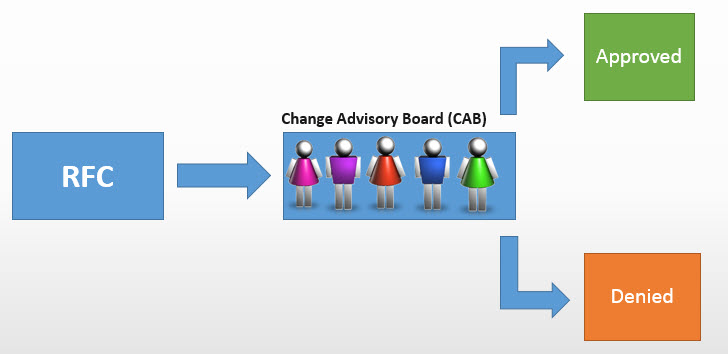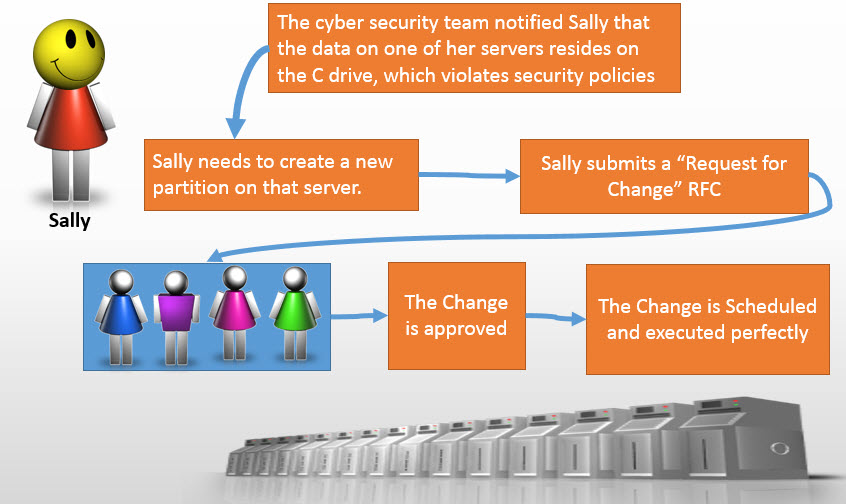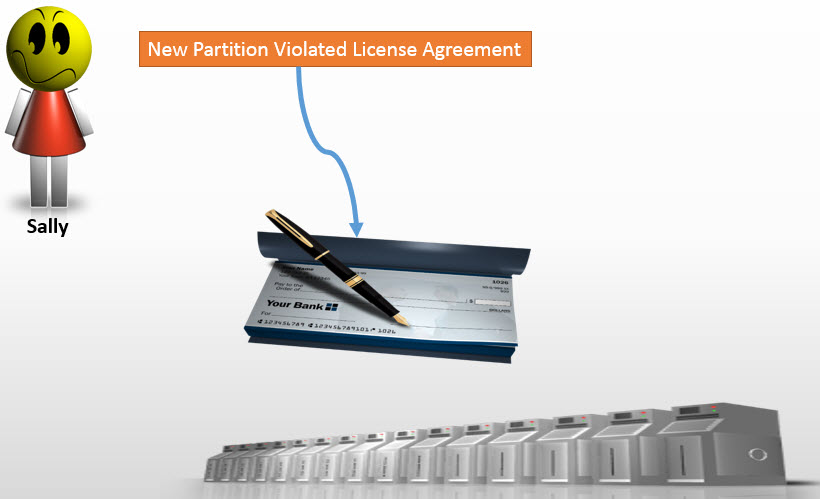I remember one trip that required me to visit several cities in just four days. Before embarking on that trip, I remember calling a travel agent to make a change to the first flight of that trip. The travel agent was inexperienced because he made the change exactly as I had instructed.
To my surprise, the change that the travel agent made to the first leg of my flight caused the airline to cancel the flights I had scheduled for the entire trip. Why, because on most airlines, a change to the first segment of a trip requires the entire trip to be cancelled, and then the tickets have to be re-issued. Unfortunately, I lost all the discounts from my original ticket because my discounts were based on a seven day advance purchase.
As a result, I had to find another airline with cheaper flights, rearrange several of my appointments, and stay an extra night in a hotel. An experienced travel agent would have advised me of the consequences of my change request if it were to be granted. If I had been advised properly, I would not have made the change based on the additional costs that were to be incurred. Although some changes seem simple, they can have unintended consequences without the required expertise.
When audited, many organizations are required to pay thousands, and in some cases millions of dollars for violating software license agreements. Configuration changes and software updates are often to blame when an organization is found to be out-of-compliance with their contracts. For that reason, it is important that organizations consider software license contracts as part of their change management process.
Change Management
IT changes made within an organization are typically done to improve performance, and ultimately to save money. However, IT changes can also have unintended consequences that have a reverse affect, resulting in additional expenses as did the change to my flight. Change management is important for IT because it formally manages ongoing transitions from a current configuration to a future configuration.

A change management request first requires detailed information about the future configuration to be submitted, then the configuration details to be reviewed by a change advisory board.
Change Advisory Board (CAB)
A change advisory board (CAB) supports IT personnel or a “Change Management Team” by reviewing change requests that have been submitted. After reviewing a change request, the CAB will either approve or deny the request.

The CAB is generally a team of representatives from various departments as well as people that have specific expertise.
Because a configuration change can have an effect on employees and/or business processes, many organizations require a CAB to review all change requests in order to protect cost, risk, and revenue.
Software License Management Challenges
Software license contracts are difficult to understand. For example, IBM releases over 3,000 license changes a year and they have over 100 license metrics. Some IBM products have up to 5 or 6 different license metrics depending on what a customer has purchased. The challenge many organizations face when managing software licenses is that they do not have a good understanding of their software license contracts which is required when using a Software Asset Management (SAM) tool. For this reason, it is important that change management requests are reviewed by a software license expert.

In the scenario above, Sally makes a request for change (RFC) to add a new partition to a server. After the RFC is reviewed by the CAB, the change is approved and then scheduled.

Following the change, a software audit is performed and the organization is found to be out-of-compliance with their contract based on the new partition that was added to the server.
How did this get past the CAB?
The CAB did not have the proper expertise required to make an evaluation about how that change would impact the software license agreement.
Add a License Expert to the Change Advisory Board (CAB)
To avoid unnecessary costs resulting from a software audit, organizations need to have a software license expert on the CAB.
Many organizations struggle when it comes to finding the expertise required to evaluate software license impact. For this reason, it is important to consider hiring a third-party with the proper expertise for the CAB. Although this is an additional expense for an organization, it will help avoid additional costs that come from being out-of-compliance with a software license agreement.
Conclusion
A change management process that requires software license contracts to be considered for every change request can help organizations avoid unnecessary costs resulting from a software audit. However, much like an inexperienced travel agent incurred additional costs for my trip, an inexperienced license expert on the CAB might approve changes that could incur more costs simply because they do not understand their software license agreements and the impact of the RFC. Be sure to hire or partner with the expertise required for evaluating software license contracts.




